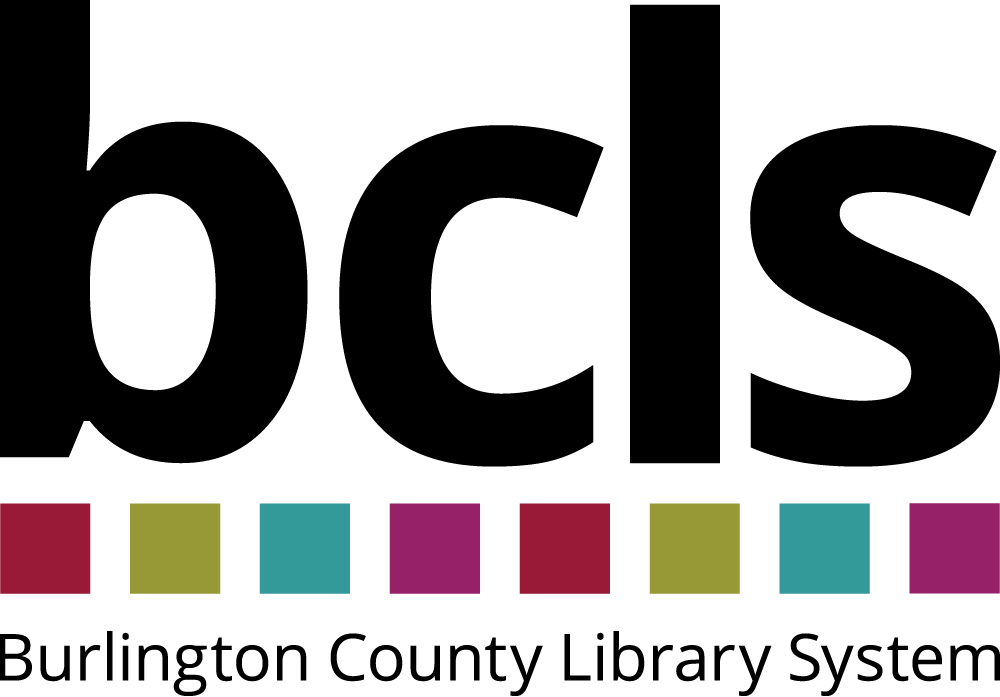By all accounts, the first county library in New Jersey got off to a fine start. Nestled inside a room of the YMCA building on Paxson Street in Mount Holly, the Burlington County Library served as the main depository for books and other resources in high demand. A 1920s Ford truck specially outfitted with sides that swung open to reveal neatly stacked shelves rolled along, delivering the material to a steady stream of grateful readers. It announced its arrival with a familiar “clang, clang” at schools, homes, churches, grange halls and other sites all over Burlington County. Library Commission Chair Sarah Budd even penned an article for the local press to let readers know “our splendid collection of popular books, both fiction and non-fiction, and children’s books of great variety has had a wide circulation.” The collection, she noted, “is being constantly enlarged and will appeal to readers of varying tastes.”
Overall, the new county library appeared to be a hit from the moment it opened a century ago. The local libraries that already existed were happy to supplement their resources with the revolving county library books, and more communities that had been without library services began requesting "library stations" of their own.
By 1925, it was time to relocate. The library headquarters remained in the county seat, but moved to another building at High and Union streets. Three years later, Hazel C. Clark replaced Adeline Jessup Platt as the librarian and Mabel E. Hollinshead assumed the duties of assistant and school librarian. Qualified as both a teacher and librarian, Hollinshead spent much of her time working with the more than 60 schools being served and the teachers who requested books for their students.
In the upcoming years, the county library system continued to flourish and by the end of 1936, its collection had ballooned to roughly 50,000 volumes. Typically at any one time, about 10,000 books were available at the Mount Holly location and the remainder were scattered among the 125 library stations operating throughout the county, many run by volunteers. Still, the Great Depression took its toll. While there were increasing demands for services, the library faced economic cutbacks and budget constraints. The heavily circulated books were becoming worn and funds for new purchases were slashed.
It was also around this time that support to the schools changed. After testing out the idea at one of the larger buildings, the schools were encouraged to establish their own dedicated library areas and assign teachers to serve as teacher-librarians. The county library supplied a multitude of resources, including reference books, advisory services, book talks and story hours. The idea soon caught on and school libraries in Burlington County were born!
Meanwhile, the humble county library headquarters was becoming increasingly cramped for space. By 1940, more people seeking reference services were visiting the library on a regular basis, so two additional rooms in the building were renovated for library use. World War II also had an impact and the library did its part by collecting donated books and making them available to the soldiers at Fort Dix. School libraries became more popular at this time as well.
After the war ended, there were new challenges to tackle. It became difficult to staff the community library stations with volunteers, who wanted paying jobs. And residents seemed to have less time for reading. Those who did want books often preferred to travel to town libraries or larger community stations to avail themselves of the greater selection. At the same time, Burlington County's population continued to swell. The county library needed more space, more funding and more personnel. Change was imminent.
In 1957, Catherine Wetterling took over the role of library director after Hazel Clark retired. Several years later, the library relocated to more spacious quarters on High Street in Mount Holly. The new facility included a separate children's area and a bookmobile shelter that served as the meeting room for library programs. By the end of 1960, the library had also grown to include a staff of 16 permanent employees and nine part-time employees who served a county population that had almost tripled, from just under 82,000 when it opened to more than 224,000.
With the rapid population growth, there was also a pending shift in library services; the focus turned to establishing branch locations throughout the county that could better serve the needs of the residents. In 1966, Cinnaminson Library opened its doors, becoming the county library's first branch facility. And soon, with the county library still feeling the strain of overcrowding, a new headquarters also was being planned.
The coming years would bring even greater challenges and incredible growth. And more change was on the horizon. The seeds of the Burlington County Library System we know and love today had been planted and were ready to bloom!



